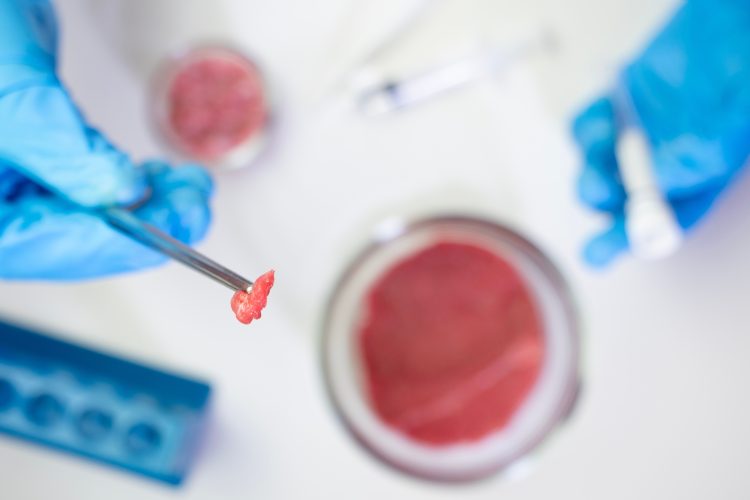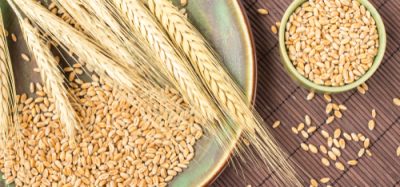Korean scientists introduce hybrid cultivated beef rice
- Like
- Digg
- Del
- Tumblr
- VKontakte
- Buffer
- Love This
- Odnoklassniki
- Meneame
- Blogger
- Amazon
- Yahoo Mail
- Gmail
- AOL
- Newsvine
- HackerNews
- Evernote
- MySpace
- Mail.ru
- Viadeo
- Line
- Comments
- Yummly
- SMS
- Viber
- Telegram
- Subscribe
- Skype
- Facebook Messenger
- Kakao
- LiveJournal
- Yammer
- Edgar
- Fintel
- Mix
- Instapaper
- Copy Link
Posted: 15 February 2024 | Grace Galler | No comments yet
A team of Korean researchers have created cultured beef rice grown through animal muscle and fat cells inside rice grains.


In a time where there have been some exciting developments in the cultured meat space, a group of scientists from Korea have created cultivated beef rice by growing animal muscle and fat cells inside rice grains.
The method was published in the journal Matter and results in what the researchers describe as a “nutritious and flavourful hybrid food”.
Going further, the team has stated that, once commercialised, it could offer a “more affordable protein alternative with a smaller carbon footprint.
“Imagine obtaining all the nutrients we need from cell-cultured protein rice. Rice already has a high nutrient level, but adding cells from livestock can further boost it,” said Sohyeon Park, first Author of the study who worked alongside corresponding Author Jinkee Hong at Yonsei University, South Korea.
During the innovation process, the team cultivated cell-cultured meat by mimicking a cellular environment using rice. As rice grains are porous and have organised structures, they have been found to provide a “solid scaffold” to house animal-derived cells in the nooks and crannies. Certain molecules found in rice can also nourish and promote the growth of these cells, something the researchers say makes rice an ideal platform.
Aleph Farms makes history as world’s first cutlivated beef is approved for sale
In the study, the first team coated rice with fish gelatine. Cow muscle and fat stem cells were then seeded into the rice and left to culture in the petri dish for nine to 11 days. The harvested final product is a cell-cultured beef rice with main ingredients that reportedly “meet food safety requirements and have a low risk of triggering food allergies”.
Characterising the hybrid beef rice, the researchers steamed it and performed various food industry analyses, including nutritional value, odour and texture. The findings revealed that hybrid rice has 8 percent more protein and 7 percent more fat than regular rice. Compared to the typical sticky and soft texture, the hybrid rice was found to be firmer.
“We usually obtain the protein we need from livestock, but livestock production consumes a lot of resources and water and releases a lot of greenhouse gas,” commented Park.
According to the team, the final product had a “significantly smaller carbon footprint at a fraction of the price”. In fact, for every 100g of protein produced, hybrid rice was estimated to release less than 6.27kg of CO2, while beef releases 49.89kg.
“If commercialised, the hybrid rice could cost around $2.23 per kilogram, while beef costs $14.88,” predicted the scientists.
“I didn’t expect the cells to grow so well in the rice. Now I see a world of possibilities for this grain-based hybrid food. It could one day serve as food relief for famine, military ration, or even space food,” concluded Parks.
Related topics
Food Safety, Quality analysis & quality control (QA/QC), Research & development, retail, Sustainability









